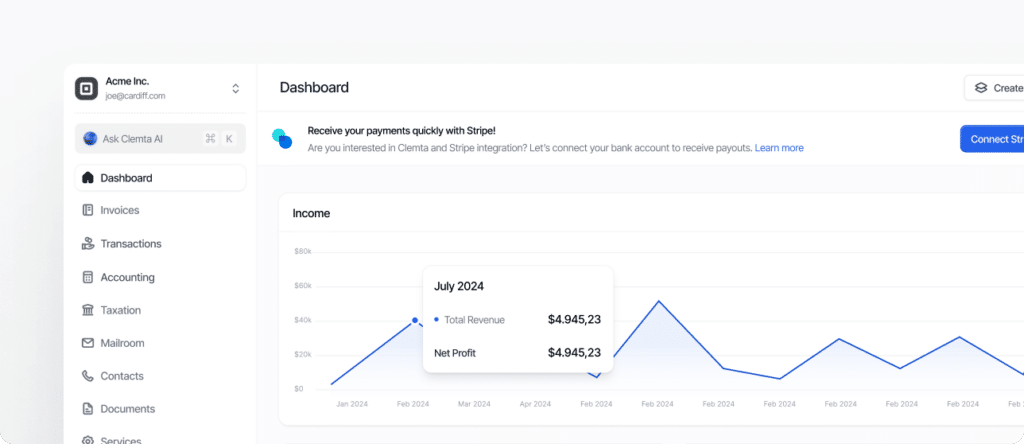Everyone has thought, at least for once, that it would be nice to open a store and sell their handmade items, or maybe things they don’t need anymore but still are usable. Perhaps you’d even like to own a vintage shop like the one on the second floor of an impressive downtown apartment building. Apparently, some people may want to buy your niche products in our vast world. This may be possible with an ebay business.
Before starting, we must first explain precisely what eBay business is and why it is so popular today. As an online sales platform, eBay is an international e-commerce company founded in 1995. eBay is the second most visited online marketplace by the number of monthly visits in 2021. eBay is also the second most popular e-commerce and shopping website worldwide by share of visits in 2022.
Having a store on eBay is as easy as ever. You can create your perfect place and sell anything you want. The only limitation you might face is where you are located. Having an official company in the US enables you to select payment methods to offer your customers – and indirectly increases your profit and brand loyalty.
1. eBay Business Account Registration and Creation
2. Selecting a Payment Method
3. Your eBay Business Needs a Policy
4. Choosing a Subscription Plan for Your eBay Store
1. eBay Business Account Registration and Creation
When you register with eBay, you have two options: You can either create a personal account or an eBay business account. There is not much difference between the two. The personal account is more suitable for the occasional selling and buying of items, while the business account is a good option when:
⁃ You are a business;
⁃ You sell a large number of goods on a regular basis.
Note: You can change the type of your account from ‘personal’ to ‘business’ in the settings after you register. So do not worry if you can not decide right away which account is right for you.
If you are looking for a way to create a US-based business to sell online, Clemta offers customized services that will make your life easier and your business more successful. US company formation (LLC&C-Corp), bank account, business address and phone number, EIN/ITIN, accounting, and taxation are among the services Clemta offers, and you will need along the way.
After you answer all questions about your email address (if you want to create a personal account) or your business name, type, and address (if you want to create a business account), you’ll have access to your eBay Selling overview (My eBay → Selling ) so that you can make your first sale!
eBay Seller Hub: What is it?
After your first sale, you will get access to your eBay Seller Hub, an updated version of the Selling overview.
The Seller Hub is a central place for sellers on eBay to access all the information and tools they need to grow their businesses. You can also manage your seller account, view performance metrics, and monitor your listings.
If you are an active eBay seller, access to Seller Hub is essential for managing and monitoring your accounts. Once you activate your account as a seller, you will receive a confirmation email from eBay with instructions on how to access Seller Hub. These instructions will only be sent once. So if you do not find them in your inbox or spam folder, look for them in your other email folders.
2. Selecting a Payment Method
You need to set up a specific payment method to pay the required fees on eBay. You can choose a debit, credit card, or linked bank account for payment. After that you will receive monthly invoices detailing your seller fees, including eBay fees for listings, sales, subscriptions, buyer refunds, and shipping label fees.
3. Your eBay Business Needs a Policy
These are the three most important policies to look out for: Payment, Returns, and Shipping. The creation of each policy is mostly the same. It would be best to give them a name (only visible to you) and a description (optional). All of these details will depend on the vendor you work with. For example, shipping and return prices may vary from e-commerce to e-commerce business.
Let us take a look at each of these elements.
Payment Policy
This policy will inform you how to pay and what to do if something goes wrong. The best option is to select “Require immediate payment if the buyer uses the buy-it-now.”
The primary purpose of this option is to prevent a buyer from adding an item from your brand to their cart but not purchasing it, as this is considered an open transaction. This can be very annoying as the transaction will show in your book.
By requiring immediate payment, you save time and avoid many annoyances.
Return Policy
The return policy is a great way to save time and set rules for accepting returns or immediate refunds. You can use the suggested feature for your eBay store.
You have eight business days to decide whether or not to offer the option of a domestic/international return. It is generally accepted that you will be more trustworthy to potential customers if you accept returns. Also, you can set a return deadline.
As for return shipping costs:
– The buyer pays the shipping costs unless there is a valid reason why the product needs to be returned;
– The seller pays for the return shipping if the store offers a free return policy or if the item is damaged, defective, or does not match the listing description.
Shipping Policy
Shipping policies ensure that you can ship items within the time specified in your listing using the shipping service selected by the buyer at checkout.
The eBay Global Shipping Program is a great option. Your products are available to more than 60 million people worldwide. More importantly, you are protected from reviews that could hurt your eBay store. Besides, you can choose what you want to ship through the program.
Let us take a closer look at the shipping policy further.
eBay GSP (Global Shipping Program)
One of the biggest challenges for any seller is keeping track of taxes (sales and income tax) and your eBay Managed Payments sales and fees. It is challenging to keep track of each shipping payment and remember which form you need to fill out and what the costs are.
The eBay Global Shipping Program has benefits for both sellers and buyers. For sellers, it’s a great way to attract more customers without dealing with customs and import paperwork. For buyers, it’s a chance to search for more products with transparent shipping fees and processes.
eBay GSP also helps you avoid unwanted headaches by taking care of everything after you send your item to a global shipping center. You will not have to worry about customs forms, import fees, or seamless international tracking; eBay GSP takes care of that. Plus, with this service, you can increase your sales by up to 50%.
In this case, the only thing you are responsible for is the tax return. You must follow the rules of your buyer’s country when offer returns. Therefore, you need to know and understand the requirements of the recipient country.
4. Choosing a Subscription Plan for Your eBay Business
There is often confusion between opening an eBay account and opening an eBay store. You need to create an account first, then your eBay store.
Your eBay store must have an eBay subscription with a monthly fee, where you can view all the items you have listed. The subscription allows you to sell more than 50 items per month.
How do You Choose the Right One?
Starter Store: It is designed for sellers who have a small number of products but need a storefront to market and promote their products. ($4.95)
Final value fee: 2.0 – 12.20%
Basic Store: It is for sellers who want to take advantage of more listings with no listing fees, discounts on the final value fee, and a coupon for eBay shipping items each quarter. ($21.95)
Final value fee: 1.5 – 12.20%
Premium Store: It is for sellers with an extensive product assortment – this subscription offers significantly more listings without listing fees. ($59.95)
Final value fee: 1.5 – 12.20%
Anchor or Enterprise Store: It is for sellers with an extensive product assortment or running a business that would benefit from dedicated customer support. ($299.95/$2,999.95)
Final value fee: 1.5 – 12.20%
The bottom line
When designing your eBay store’s name, brand, imagery, and strategy, make sure they are unique. Offer a fresh perspective, and promote a new idea. Your store should stand out from the crowd, catch the eye of potential customers with its name or design, and be easy to use. Before you open your online store, you should thoroughly analyze what net revenue you ultimately want to generate and what items are most popular. You should have a plan that you will follow as you move forward.
While you take care of your business, as Clemta, we handle all the tedious formalities and paperwork for your US company!







